Story behind ultra-realistic 3D food assets
On an interview with CreativeCrops, a studio focused on scanning and creating 3D food assets, indistinguishable from the real one.
Be prepared to get hungry.
Read about their honest and inspiring story, and find out how RealityCapture helps them achieve their ultra-realistic 3D assets.
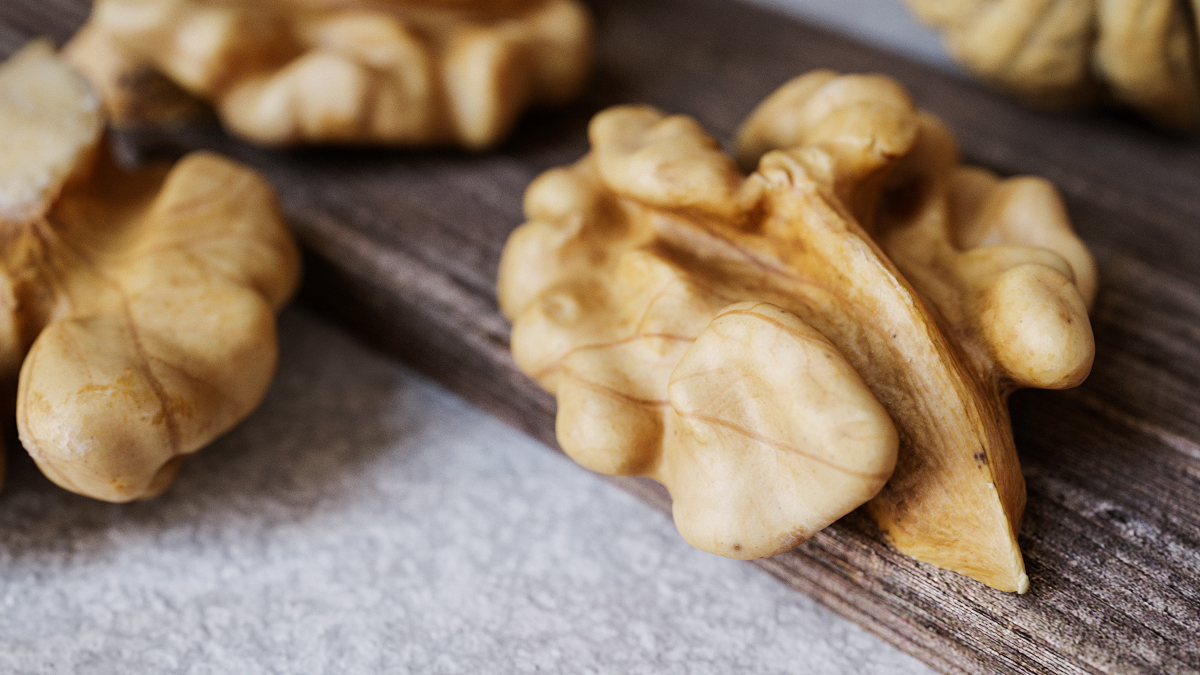
Introduce your company a little bit - who you are and what do you do?
CreativeCrops is a library for high-quality 3D food assets created using photogrammetry. It was co-founded by two partners and the website was launched in July 2018.
We are both Swiss 3D artists who share the love for CGI, passion and dedication for details, and quality work. Gianni Ritschard (aged 30) is a CGI generalist who mainly works in advertising and Kittiya Khundan (aged 30) has a background in arch viz, but is now focusing more on product visualization and general 3D works.
Congrats for launching the web site. So you are a very young company. What was the initial impulse behind this project? I mean, why have you dedicated yourselves to creating 3D food assets?
Since we are 3D artists ourselves, we know how challenging it is to get organic objects right in CGI. It's a lot of work if you want to do it from scratch.
I (Kittiya) remember a couple of times when I needed some fruits and vegetables for commercial work. I found myself scrolling through endless pages searching for the right food models in high quality. Despite the careful search, I often ended up purchasing models that turned out to be of poor quality.
Meanwhile, Gianni was experimenting with photogrammetry out of interest and curiosity on how it works. We were amazed by how it came out. There were some high-quality 3D food assets out there at that time but by far not enough. We thought having a library full of high-quality 3D food models would be awesome and it would make life easier for 3D artists. Also creating 3D food scans is a lot of fun and, since we're both foodies, it was clear to us that we wanted to launch a 3D food scan store.
It’s amazing you have started this project. How do your customers use these 3D assets in their work?
Our 3D food assets can be used in ArchViz, VFX, games, CGI in general, and even for 3D printing. We remember having a 3D printing company buying our models to show a basket full of 3D printed fruit for an exhibition event. Since we were able to help them by providing high-poly model files (high poly models are available just on demand), they sent us some 3D-printed walnuts from our store. That was funny.
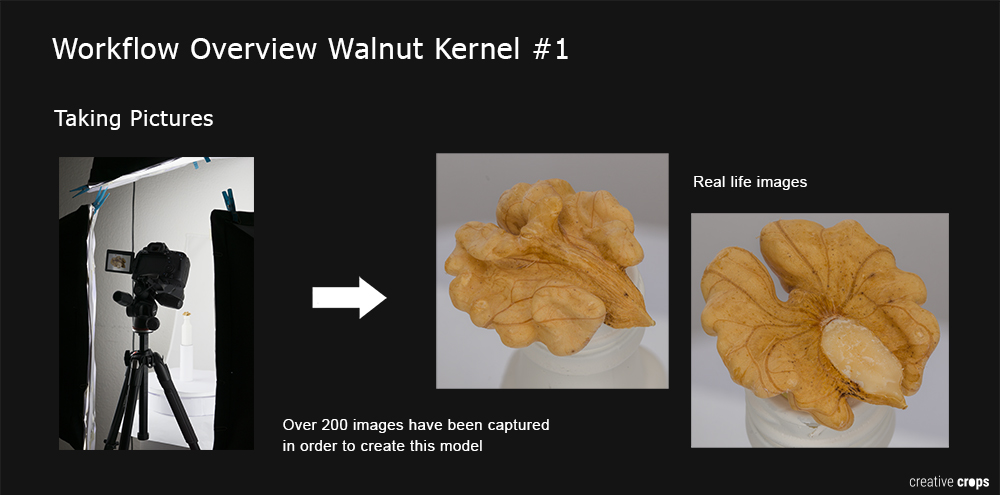
What benefits do you see in photogrammetry?
With photogrammetry, you will get a 3D asset from a real object with all its marks and imperfections that come from a life in the real world. Every object tells a story. Some details are even invisible to the naked eye but it's these details that give life to an object. We are amazed over and over again how interesting some objects really look like close up through a camera lens. Did you know that the surface of an almond is kinda hairy if you go very close up? What we want to say is that the ‘kinda’ level of details you get by using photogrammetry will take forever (or never ) to achieve by modeling.
What do you like about the RealityCapture the most?
We have used other photogrammetry software at first. After we heard many times about RealityCapture we became curious. Right at the start, we were amazed by its speed and level of details. It's great that you can use so many images without the process getting slow. RealityCapture really helped us speed up our process. We immediately fell in love with the software and never went back to the old software again.
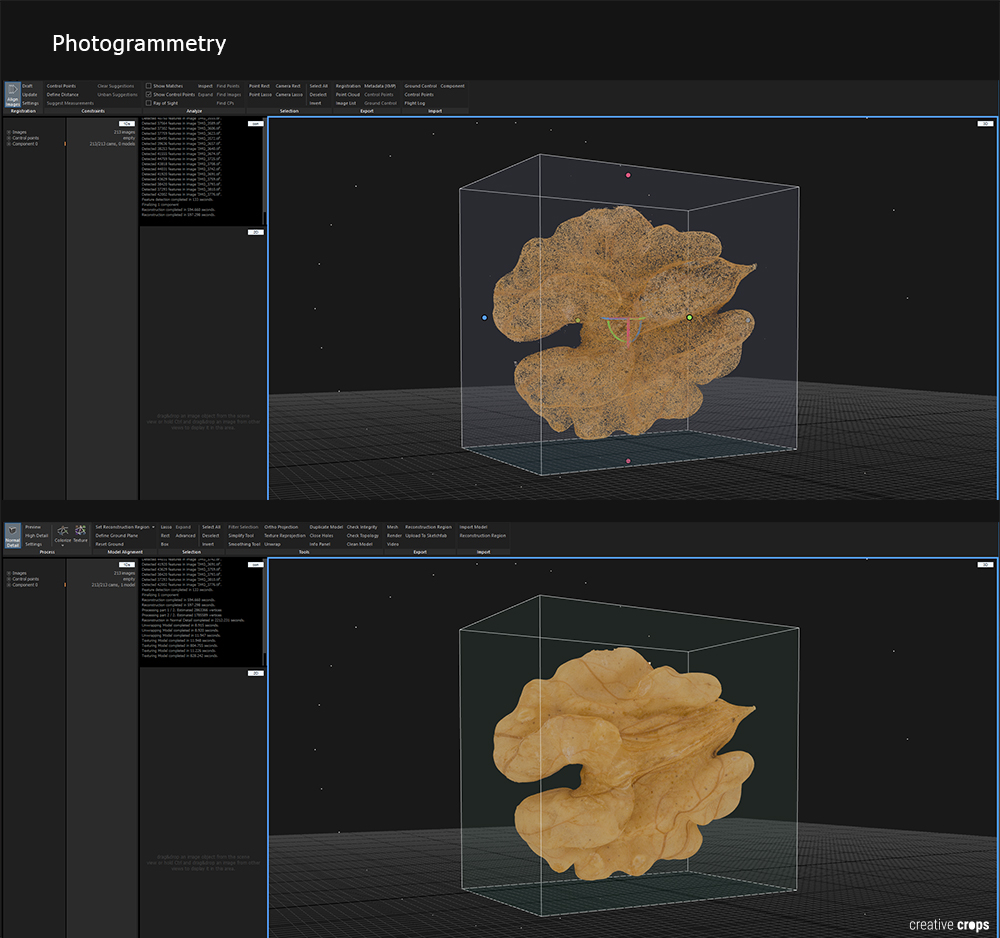
I must say the food looks unbelievably realistic, what is the trick behind it?
We crafted every single scan with love and care. Every step of the workflow contributes to this realism. We believe the most important thing that makes our scans look photorealistic is that we provide an accurate glossiness/roughness and, if needed, an SSS map. We pay a lot of attention to the details and the accuracy of the object. We always try to keep the original scan objects as a reference after taking photos. Sometimes it takes a whole day just to get the glossiness/roughness right, which can make you feel like you work forever on an asset. In some cases, it really takes up to 4-5 days to complete an asset, so you have to have a considerable amount of patience. It's a lot of work, but at the end it's always worth it.
Can you reveal us some of your secrets from the workflow? What steps do you usually undergo?
The challenge begins at the grocery store, when we're on the hunt for an object to scan. There are some funny stories to this work step. Once, an employee in a grocery store noticed us literally checking out every single apple while picking out the perfect one. So, she kindly but firmly asked us not to touch all the apples or at least wear gloves. We also clearly remember the odd look from a staffer at a bakery when we asked her to give us another macaron than the one she had picked (because it just wasn't the right one). Or when we showed up at a coffee shop three days in a row without buying anything, just to check if they have the perfect muffin. You see, we're trying very hard to get the perfect objects to scan, haha.
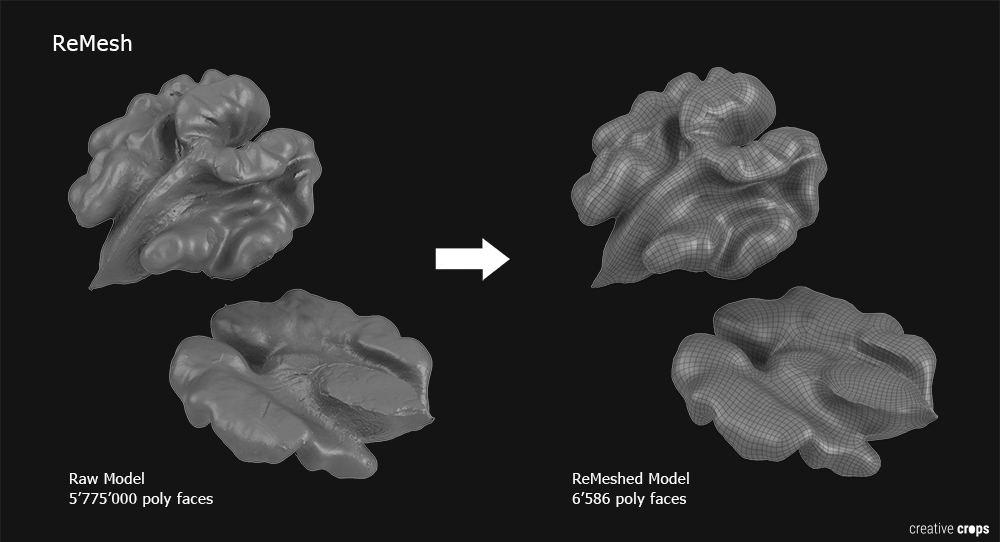
After a long trip to the grocery store, the work process itself begins with taking pictures. We take about 200-600 pictures per scan, depending on the complexity of the object. Every single object is different and a challenge by itself. We continue with retopology, UV unwrapping, and creating the maps. During the texturing process, we make test renderings in many different environments. Once the asset looks great in all of them, we call it a day and the model is done. And, if we are fast enough, the reward is that we get to eat the scanned object.
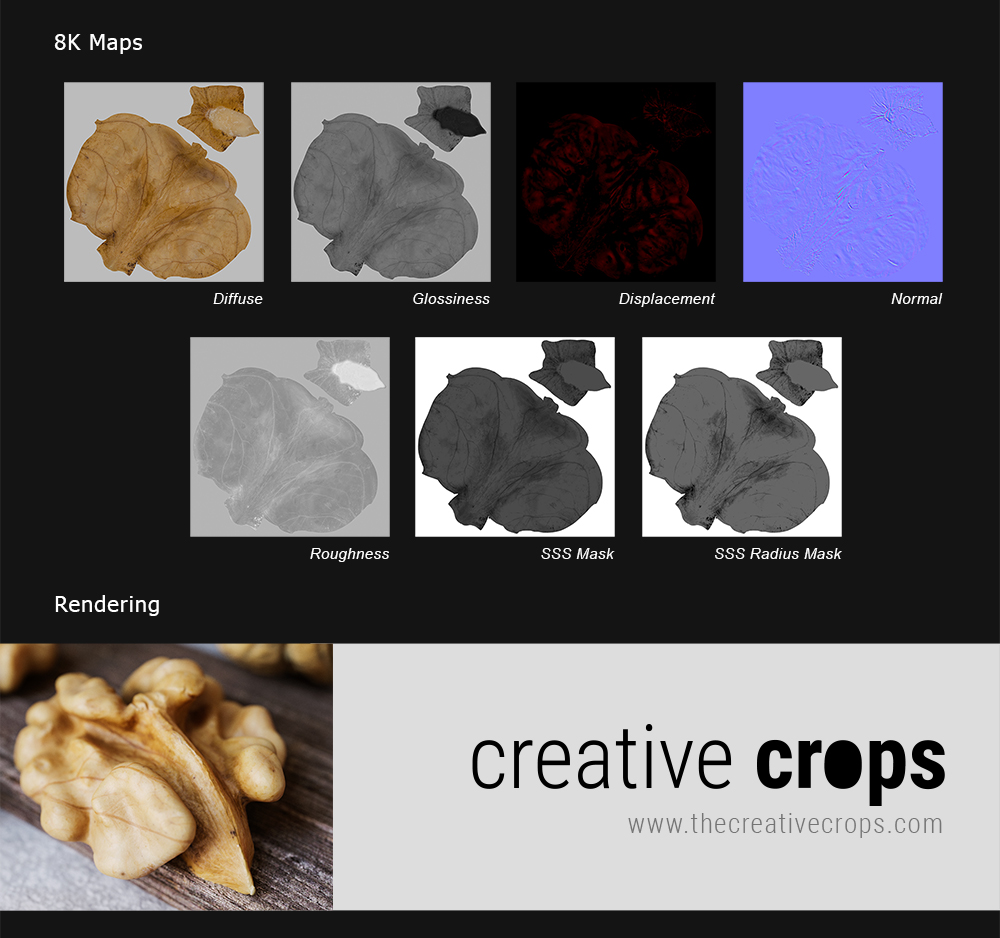
Has it happened that a person thought they could buy real food from your website?
No, not so far. But we have joked about how funny it would be if that would happen. We especially wonder whether someone would actually pay 19$ for an apple or a muffin haha.
What are your plans, as a company, for the future?
We want to create the go-to place for 3D food assets where you can find any food you're looking for. But we do not only want to have the quantity, we also want the highest possible quality so you'll never have to worry if the model is good enough for a close-up. Since we love traveling, it would be awesome to be able to travel while scanning food to places all over the world. Pastry from Paris, sushi from Tokyo, churros from Spain... We currently have over 140 food scans in our store and we're just getting started. There are tons of food out there just waiting for us to scan. We're very excited about the future.